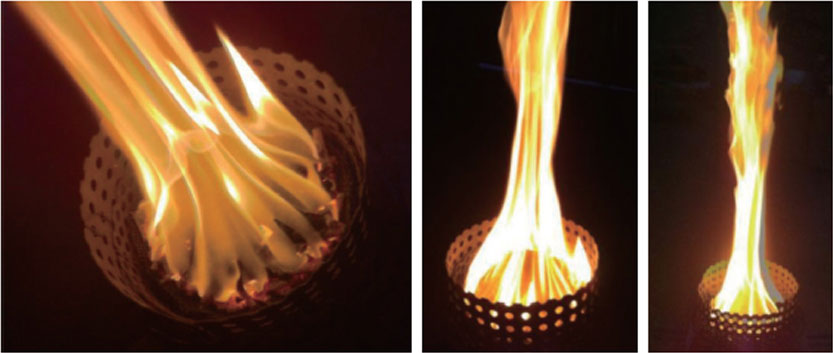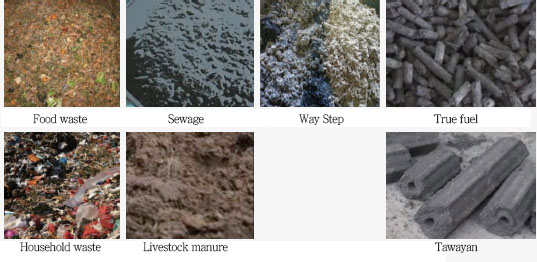As a leader in renewable fuel energy,
Introducing an innovative system.

Chamhana Technology Research Institute's
Service solution
Download the
e-brochure.
 WASTEF® is a heating catalyst,
WASTEF® is a heating catalyst, Composition of WASTEF®



| Solid fuel | moisture(%) | Ash (%) | Volatile (%) | Fixed carbon | Calorific value(kcal/kg) | Total sulfur (%) |
|---|---|---|---|---|---|---|
| Moisture | Ash | Vol Mat | Fixed | Caloric value {Dry) | Total s. | |
| 1st analysis | 2.76 | 17.20 | 60.59 | 22.21 | 4,440kcal | 2.90 |
| Secondary analysis | 3.35 | 21.76 | 37.73 | 40.51 | 4,520kcal | 0.62 |
| 3rd analysis | 4.59 | 18.22 | 20.74 | 21.99 | 5,195kcal | - |
* Calorific value analysis organization: Korea Mine Management Corporation, Standard calorific value: 4,400~5,200Kcal/Kg
| division | Current technology | Chamhana New Technology | Remark |
|---|---|---|---|
| Technical name | RDF / RPF technology | True fuelization new technology | |
| Waste treatment/td> |
· RDF: Gun, heatable waste · RPF: Vinyl, plastics |
All waste (Coverage, wet, flammable, non-combustible) |
Current technology can handle only some waste |
| Treatment additive | none |
WASTEF® 100% eco-friendly additive |
Invention patent pending trademark |
| Installation cost | high price | Less than 30% of RDF facility cost |
|
| Fuelization cost | 2 times of coal (LNG level) |
Less than half the coal | |
| Production fuel characteristics |
· RDF: insufficient heat, auxiliary fuel · RPF: Dioxin generation |
Calorie 3500-5500Kcallkg Can be used as main fuel |
|
| Combustion gas | Smoke and harmful gas generation |
Better combustion characteristics than coal Minimizing smoke and harmful gases |
Focal combustion, latent heat combustion And reburn characteristics |
| Landfill | Most of the landfill. (Only some wastes are fueled) |
No landfill required (All waste fuelization) |
Waste that has already been landfilled Fuelable |
| division | Current technology | Chamhana New Technology | Remark |
|---|---|---|---|
| Technical name | Microbial treatment (BIO) method 1) High temperature carbonization treatment method |
True fuelization new technology |
|
| Processing additives |
1) Microbial strain 2) None |
WASTEF® 100% eco-friendly additive |
Invention patent pending trademark |
| Treatment and equipment costs |
High processing and equipment costs |
Less than 20% of current technological facilities and processing costs |
|
| High-temperature carbonization fueling method Fueling cost |
2 times of coal (LNG level) | Less than half the coal | |
| High temperature carbonization fuel type fuel characteristics |
Undercalorie (Caring for calories volatile due to high heat) |
Full fuelization for high calorific value (Average 4500Kcal/kg) |
|
| Bio method problems |
· High processing cost (no economics) · Equipment cost is high · Problems handling residues after treatment · The possibility of microbial mutation |
· Economical · Equipment cost: 20% or less · Does not use any microorganisms, Safely fuels all without treatment residues |